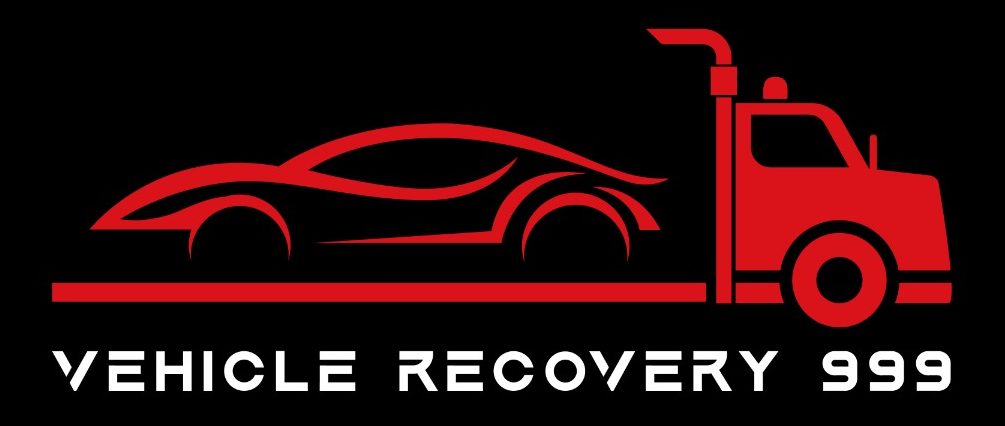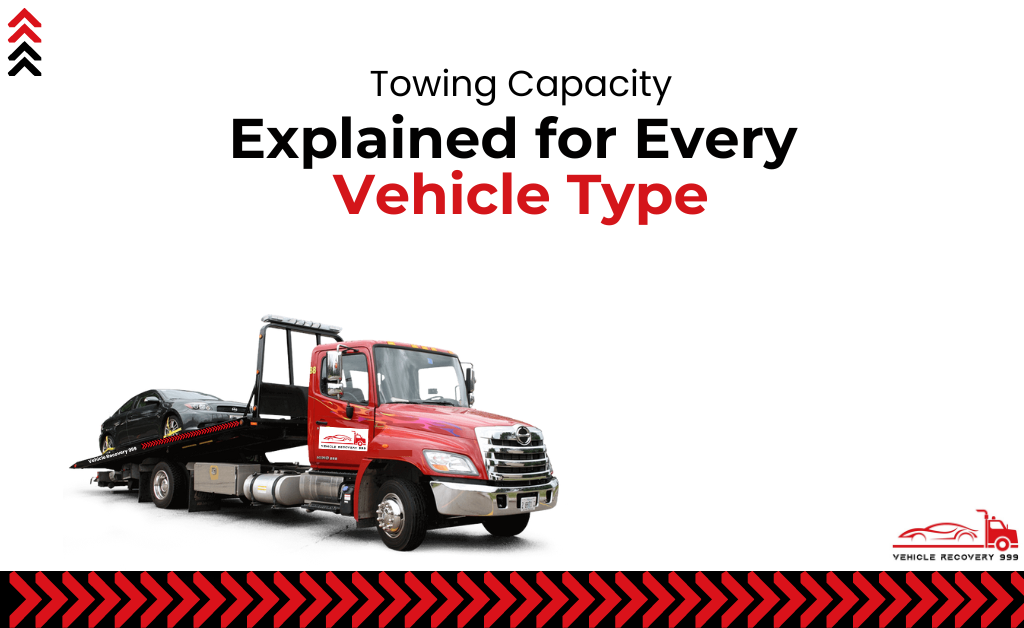Understanding towing capacity is important for anyone who owns or operates a vehicle capable of pulling a load. Whether you’re towing a small trailer, a caravan, or heavy machinery, knowing your vehicle’s safe limits can prevent breakdowns, accidents, and costly repairs. At Vehicle Recovery 999, we’ve seen first-hand how misjudging towing capacity can lead to trouble on the road.
What is Towing Capacity?
Towing capacity is the maximum weight a vehicle can pull safely without putting strain on its engine, transmission, suspension, or brakes. This figure is set by the manufacturer after testing the vehicle’s design and mechanical strength. Exceeding the towing capacity can cause overheating, brake failure, or even frame damage.
Factors That Affect Towing Capacity
Several factors influence a vehicle’s towing capacity:
- Engine power and torque – More power usually means more pulling strength.
- Transmission type – Some transmissions handle heavy loads better than others.
- Axle ratio – A higher ratio often increases pulling capability.
- Suspension and brakes – Stronger components help control the load.
- Weight of the vehicle itself – Heavier vehicles may handle more weight but can also lose efficiency when towing.
Towing Capacity by Vehicle Type
Passenger Cars
Most passenger cars have a modest towing capacity, often between 1,000 and 3,500 pounds. They’re suitable for towing small trailers or lightweight boats but not heavy equipment.
SUVs
SUVs generally offer higher towing capacity, sometimes exceeding 7,000 pounds. Their stronger chassis, larger engines, and better suspension systems make them versatile for both personal and recreational towing.
Pickup Trucks
Pickups are built for towing. Many full-size models have a towing capacity over 12,000 pounds, making them ideal for construction equipment, livestock trailers, and large campers.
Vans
Cargo and passenger vans often have good towing capacity, which is useful for commercial use. They can tow work trailers, mobile workshops, or medium-sized boats.
Situations That Require Flatbed Towing
Even when a vehicle has a high towing capacity, there are times when flatbed towing is the safer choice:
- After a major accident, when wheels are damaged
- When transporting luxury or vintage cars to avoid wear and tear
- Moving vehicles with seized engines or broken transmissions
- Carrying all-wheel-drive vehicles to prevent drivetrain damage
At Vehicle Recovery 999, we regularly assist in situations that require flatbed towing, ensuring vehicles reach their destination safely without further damage.
How to Calculate Your Safe Load
Check your vehicle’s owner’s manual for its towing capacity. Subtract the weight of the trailer itself from this figure to determine how much cargo you can carry. Always account for extra items like passengers, fuel, and gear, as they reduce available towing weight.
Safety Tips When Towing
- Use the correct hitch and trailer brakes
- Distribute weight evenly on the trailer
- Check tire pressure on both vehicle and trailer
- Avoid sudden acceleration or sharp braking
Conclusion
Towing capacity is more than just a number it’s a guideline for safe driving, protecting your vehicle, and avoiding accidents. By knowing your limits and choosing the right equipment, you’ll make each towing job safer and easier. And when you face situations that require flatbed towing, Vehicle Recovery 999 is ready to help with reliable, professional service.

